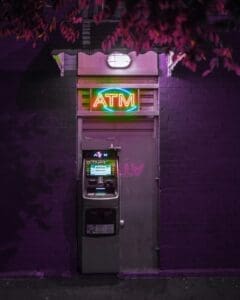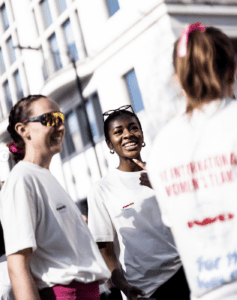Why finance brands need to invest in social media
As digital expectations shift, many financial brands are still playing catch-up. But those that invest wisely are seeing results far beyond likes and follows. From building trust to reaching untapped audiences, social media is proving to be a powerful tool for growth. In our latest piece we look at why now is the time for finance to go all-in on social.









